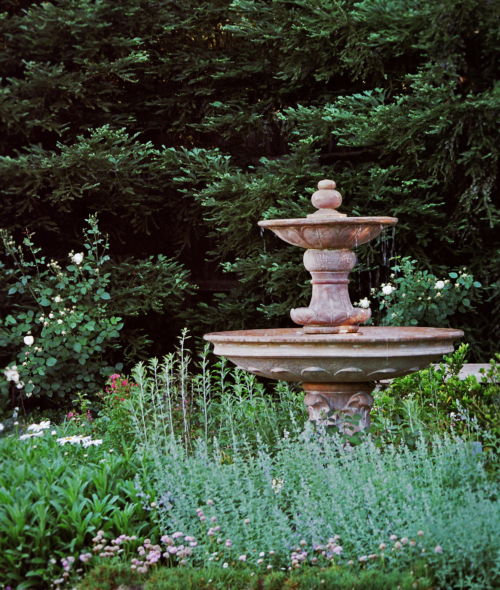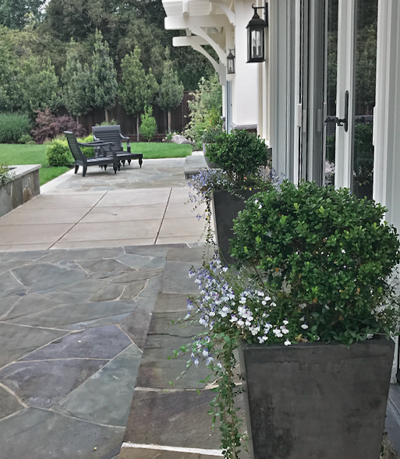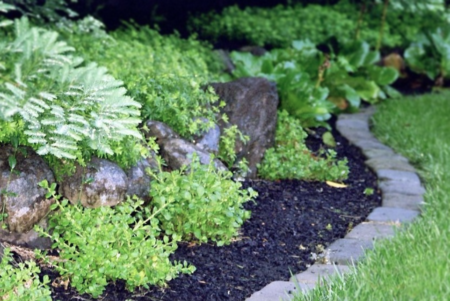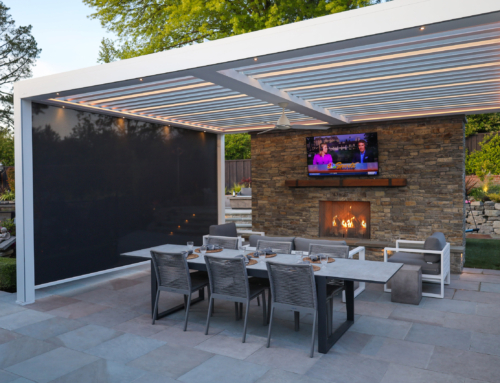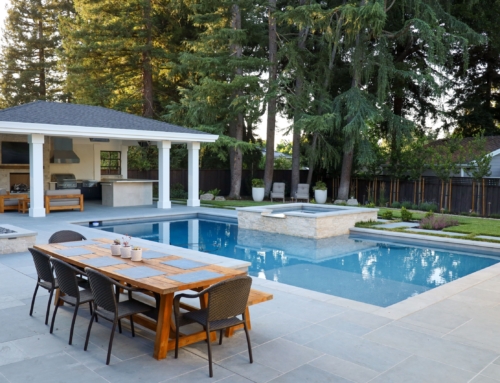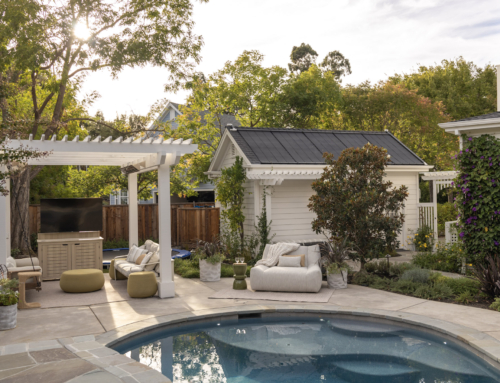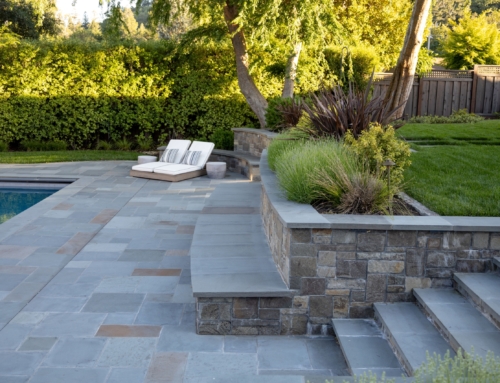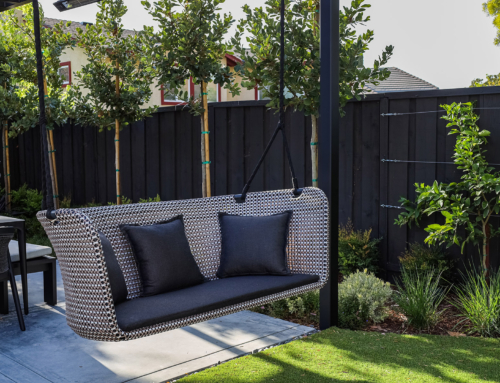Finding Zen
In this moment, as we shelter in place in our homes, all of our lives have changed dramatically. Whether or not our homes were our ideal retreats, we find ourselves living within them with greater intimacy than ever before. For some of us, this isn’t too difficult. For others, it is really hard. We don’t need to wax poetic about that, you know what we’re saying! Wherever you’re at, making some changes to your living space can help change your mindset and your mood, and so far we have found that changes everything. The principles of Zen thought suggest that through changing our perception, we can have a more complete and fulfilling experience by living in the moment, wherever we may be. Here are a few concepts that have helped us in the past weeks, as we’ve made some intentional changes in our own gardens, homes, and mindsets.
Shibumi – Everything & Nothing
The concept of Shibumi is an overarching theme in the Zen understanding of life, beauty, and the natural world. Untranslatable and described as a feeling more than anything tangible, Shibumi is more or less the ability for two opposing truths to coexist, as in “imperfect perfection,” “simple complexity,” or “everything & nothing.” This principle governs the design aesthetic of Wabi-sabi, and suggests that true harmony lies somewhere in-between two dualities.
What could this possibly have to do with Landscape Architecture, gardening, or staying home? Bear with us. Say you are desperate to get your Spring garden going with new plants, but can’t leave the house or buy plants from the nursery. Or, perhaps you wish you could have a magazine-designed-perfect home, but quarantine and family life isn’t going to let that happen today. Since you are caught in a paradox anyway, consider: Is it possible for a garden or a home to achieve Shibumi by being both “old and new” or both “imperfect and perfect?”
If the garden is calling but the store is evading you, ask yourself if any of your existing plantings can be divided and replanted. This is a great time of year to divide groundcovers and many clumping perennials, grasses, and bulbs that have been in for years. Divided plants can be planted together into new combinations, fill in a blank spot in the yard, or even be placed in pots to make attractive planters for the patio. Something about using what you have, rather than going to the store, holds a certain power and beauty. (Shibumi? Maybe.) Old, and new.
The search for perfection in design is futile, trust us. Design for living, on the other hand, is where harmony happens in both indoor and outdoor living spaces. If your home or landscape is driving you crazy and you have a little extra time on your hands, set aside a few hours to look at inspiration photos and explore what it is that you like in designed spaces. Is it really the austere lines of neo-modern design that draw you, or simply having less furniture and a quieter color scheme in an indoor or outdoor room? Especially as Spring arrives, we find ourselves drawn to simple and fresh. Move furniture around, put things you don’t need into storage, and bring in fresh flowers or greenery. Consider your priority spaces for order and cleanliness and give those the most attention, and when it comes to the kids’ spaces, hum a few lines of Frozen’s “Let it go” and step away. Imperfect perfection.
Oneness
During a time of distancing, it’s hard to feel our connection with other people in the ways we usually do. At the same time, it may be a moment to discover a greater sense of depth in our relationships, and an opportunity to feel more at-oneness with nature and with humankind as a whole. As plant people, we find parallels between our own lives and the lives of our plants. We see them become ill or be attacked by pests, we notice them flourish and bloom, we watch in awe as they return to life each Spring, and lately we feel real admiration for their steady resilience. If you’re feeling the distance, we really recommend spending time with your plants. Dig in and get to know your soil. Learn a bit about the microcosm in your garden by identifying insects and observing their world. Get close and get acquainted. Or at least get some cool photos for Instagram from a plant’s-eye-view!
Cycles & Change
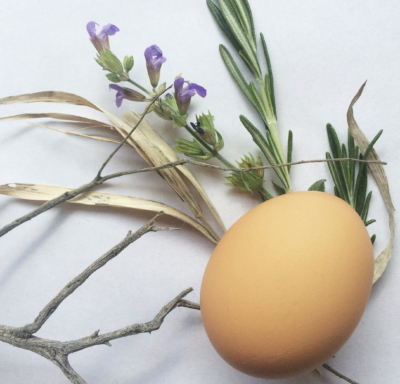
In Zen, change is the most certain constant. While seasonal change is of course a constant theme in Landscape Design (and in this blog) we also observe larger changes – climate change, style trends, the technological “renaissance,” and of course our current experience. John’s most beloved article for our local paper was titled “Timeless and Transitional,” and was all about the very Zen acceptance of change in the designed landscape and in everyday life. Lately we’ve been noticing how timely this idea seems to be, especially as we have finally slowed down enough to notice. Watch for a re-publication of John’s article in the May issue of the Alamo/Lafayette Today and here on our blog.
We wish you calm, health, and Zen moments in the garden.
“In the garden, growth has it seasons. First comes spring and summer, but then we have fall and winter. And then we get spring and summer again.” – Being There (film, 1979)
The J. Montgomery team is still working away on our Spring landscape designs. Our next blog will feature how to “Get Ready to Be Ready” (AKA work with your Landscape Architect to get everything you will need for future construction once on-site work can begin again.) If you’d like us to get started on a new landscape design for your home, contact our office today!

